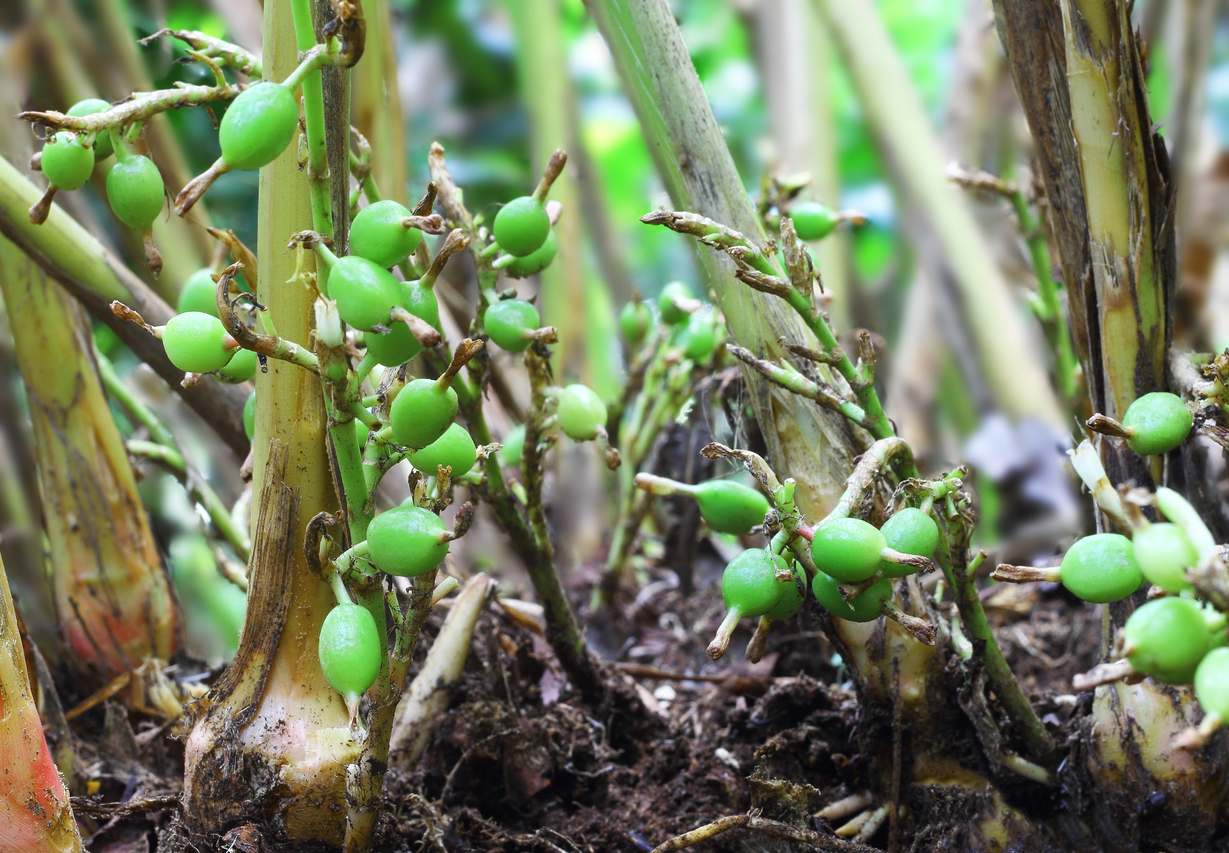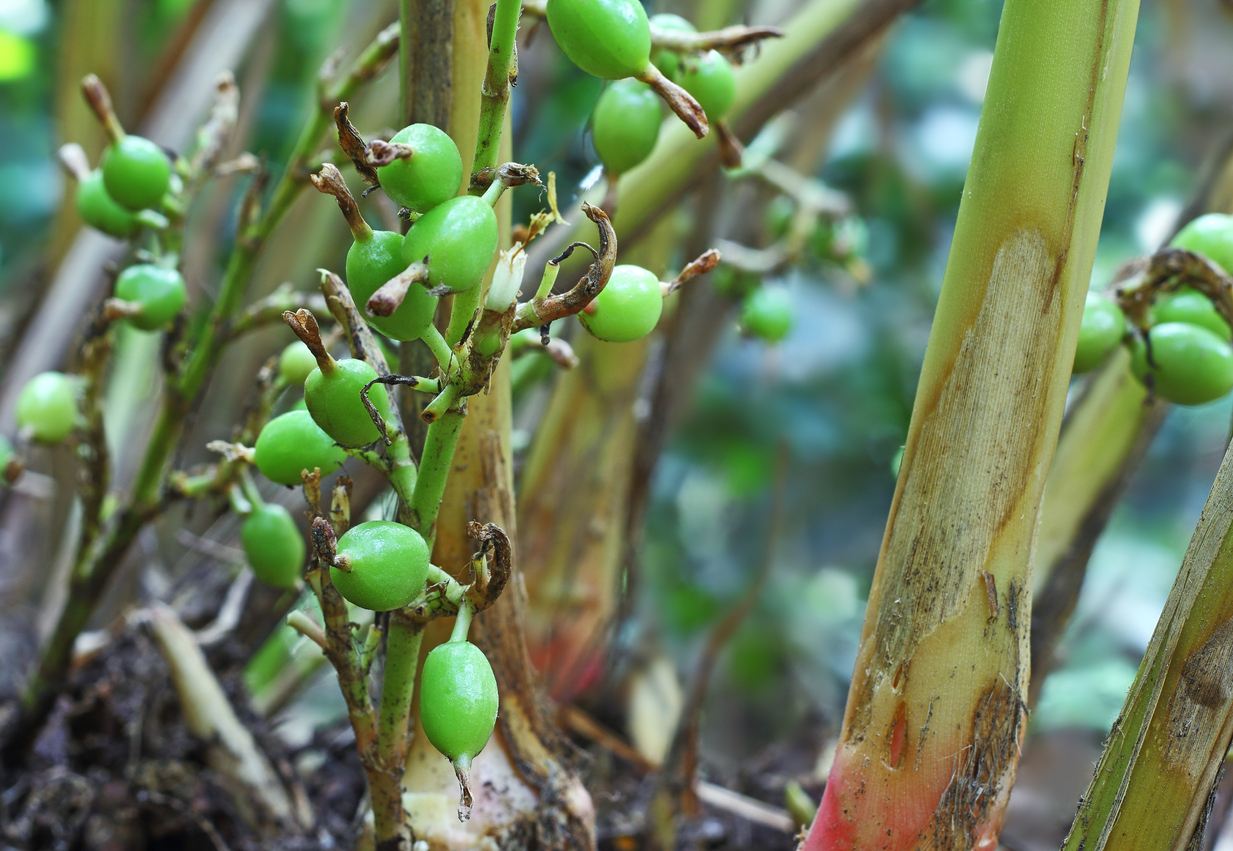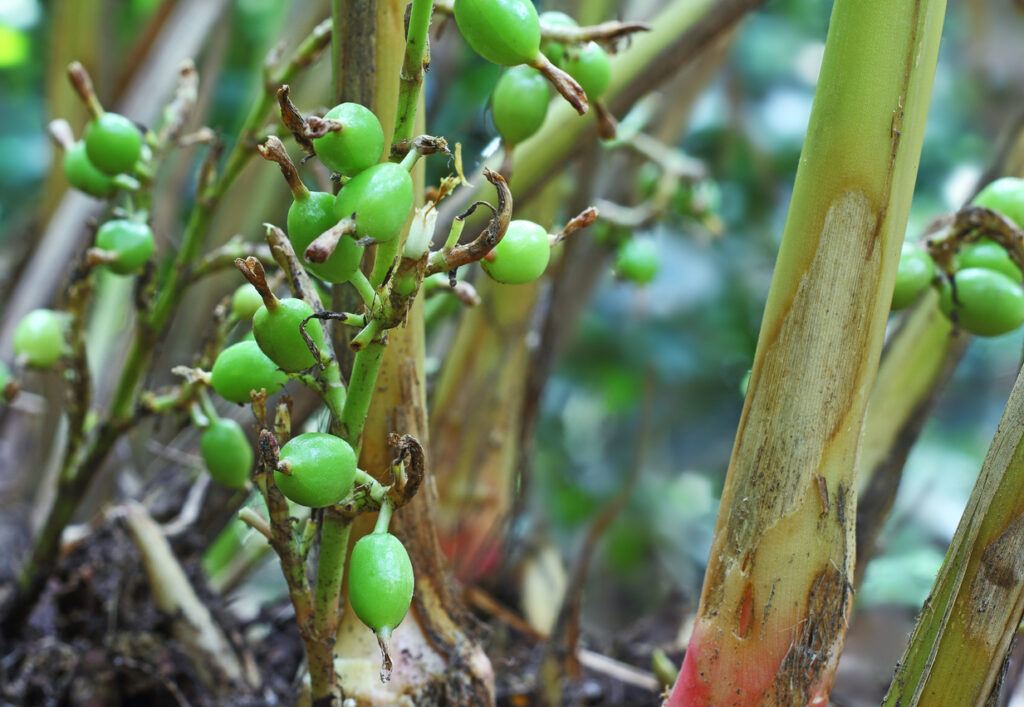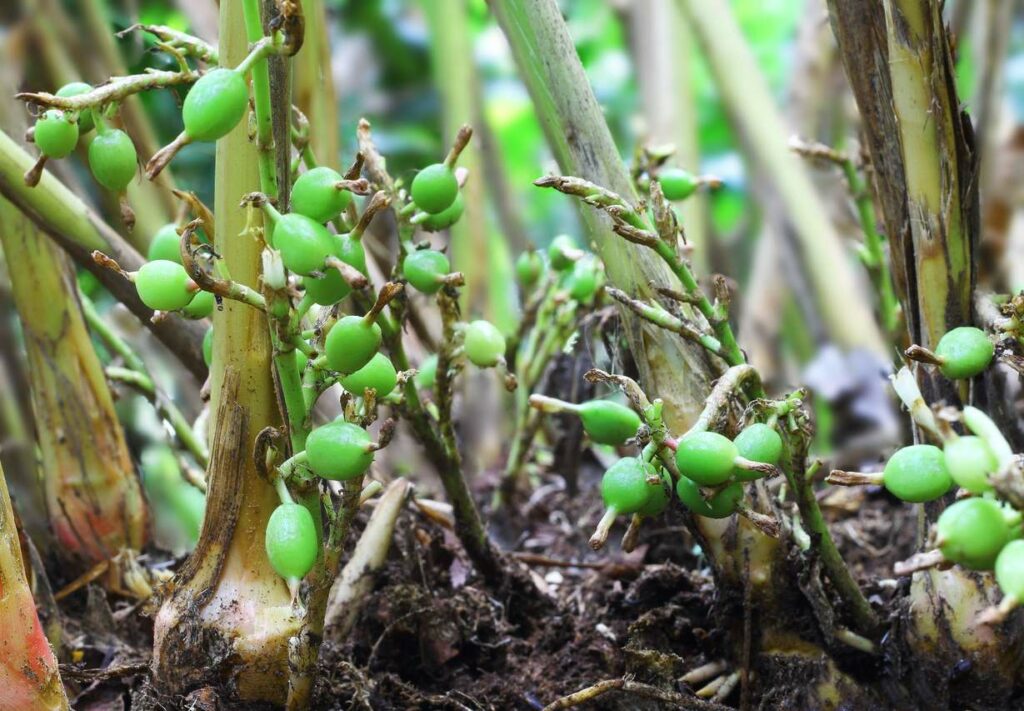Cardamom Care – How To Grow And Harvest Cardamom
Cardamom takes the credit for being one of the most ancient herbs that have sustained humanity for millennia. The aromatic seeds fit well both in desserts as well as more elaborate spicy dishes. Cardamom tea relieves stomach aches and digestion problems. This is one herb that has had many uses in traditional medicine and to this day people chew it to refresh their breath.
If you’re curious about cardamom as a candidate for your tropical garden and have some questions about how to grow and harvest this exotic herb, this guide is for you.
Cardamom at a Glance
An upright clumping perennial, cardamom (Elettaria cardamomum) is native to India and Sri Lanka where it occupies a respected place in Southeast Asian Cuisine. But its culinary dominance isn’t limited to the tropics. Cardamom is highly valued in Sweden and Nordic kitchens which is as far as one can get from the hot tropics.
As a member of the ginger family, the clumps of cardamom can reach up to 5 feet tall. In the summer, multi-colored flowers bloom in yellow, purple, and cream. So even if you don’t care much about the seeds, the ornamental flowers are reason enough to cultivate this spice in your garden.
After the flowers are pollinated, they fade only to be replaced by the hard-shelled fruits. The pods are small and thin. The seeds inside the pods are the source of the spice. After you harvest the pods, collect the seeds and grind them or you can use them whole in exotic dishes such as biryani rice.
With USDA hardiness zones between 10 and 11, cardamom is not a plant for every garden. It requires filtered sun, high temperatures, and humidity, as well as copious amounts of water. Despite that, once you meet these demands (you can grow it indoors or in a greenhouse), the herb is easy to grow and has a surprisingly low-maintenance threshold.
Cardamom Varieties
Before we get to growing and harvesting cardamom, we need to talk about the two main varieties of cardamom. With no known cultivars, you can either grow green or black cardamoms. They both vary widely not just in their looks, but also in how they taste in your dishes.
- Green Cardamom: Whether you’re cooking a sweet dish or a savory one, green cardamom is your best choice. It’s the most popular variety and is sold in grocery stores all over the world. The pods of this herb are green and are packed with flavors.
- Black Cardamom: This variety is well suited for Indian and Sri Lankan cuisines. The pods here are large and black in color. You can use it whole or as powder. This spice is not suitable for sweet dishes as it has a biting taste.
There are other varieties such as white cardamom. This is just a bleached version of green cardamom and has milder flavors in general. If you’re looking for a variety that works in every dish, then green cardamom is the right herb to grow and harvest. Keep in mind that the seeds you buy at the grocery store are cured which makes them less likely to germinate.
How to Grow Cardamom
The only way to grow cardamom in your garden is from seeds. This is a time-intensive process that could take years. So temper your expectations and be patient while your herb takes its time to grow and mature. The seeds are coated with a hard shell that requires special treatment to get the seeds to germinate. We’ll go through the whole process here.
- Start your seeds indoors for the first few months until the seedlings are a few inches high then you can transplant them to the garden.
- Get your seeds from a reliable agriculture supply source. The seeds you get at the grocery store are treated with chemicals and are not suitable for growing.
- You can also collect seeds from a mature cardamom plant as long as the plant is older than five years.
- Wash the seeds thoroughly to remove any contaminations and debris then soak them in a jar full of water and two percent of nitric acid to break the outer shell of the seeds.
- Stir the seeds in the solution for two minutes then take them out and wash them in tap water.
- Soak the seeds overnight in room temperature water.
- Select a small container and fill it with loamy soil.
- Make a hole with your finger in the soil and plant the seeds about one-eighth of an inch deep.
- Water the soil immediately and keep it wet until the seeds germinate.
- After between 4 to 6 weeks the seeds will start to germinate.
- Keep watering the seedlings and make sure the soil is moist.
- When the seedlings each have a couple of leaves (after about 3 months), they’re ready to be transplanted.
- Choose a spot in your garden that gets filtered sun. Cardamom can grow in partial shade as well.
- The area preferably should have high humidity where the soil remains moist throughout.
- Dig a hole in the loamy soil about one inch deep to accommodate the small rootball of the seedlings.
- Plant the seedlings and space them out between 2 to 4 feet apart.
- Water the plants and keep the soil moist.
Cardamom Care
As you can imagine, the hard shells of the cardamom seeds make germination a test of your patience and will. It will take the plant years to mature and reach its full height. Depending on the weather conditions, your exotic perennial might start producing seeds in its third year. But don’t panic if it takes up to 5 years before you get a taste of your homegrown cardamom flavors.
Soil
Both loamy or sandy soil is the right type of soil for cardamom. Whatever you do, don’t try to grow the herb in clay or heavy soil. Good drainage soil is required for this tropical perennial to thrive. Clay retains water which leads to rhizome rot. So check that that soil is loose and stays loose in the palm of your hand even after you press it firmly. Cardamom prefers neutral soil so make sure your soil pH is between 6.1 to 6.6. If you have acidic soil with pH levels below 6, you can mix in a good portion of perlite to reduce the acidity.
Water
As a native of the tropics and rainforests, cardamom gets a handsome amount of rainfall every year. Your watering habits should mimic this pattern to satisfy this thirsty plant. In other words, drought can have a devastating impact on the tropical herb. The paradox here is that while cardamom requires a lot of watering, it doesn’t tolerate waterlogged soil. As long as the soil is constantly moist, it will continue to grow and bloom every year. During the summer months, you might have to water it once every day. When the weather cools down, you can cut down irrigation to twice or three times a week.
Humidity and Temperature
Cardamom thrives in hot weathers where the temperature is above 70 degrees Fahrenheit all year round. As a hardy tropical plant, it can still tolerate temperatures as low as 45 degrees F. But if your winter is rather cold, you might consider growing this herb in a container and bring it inside throughout the winter.
High humidity is another factor in the success of this perennial. If you notice the leaves turning yellow or curling up, that could be due to low humidity. Mist the plant every other day until the leaves look healthy again.
Fertilizer
Besides being a thirsty plant, cardamom is also a heavy feeder. It needs a lot of organic compost and fertilizers to grow and mature. In the first few years of the plant’s life, you’ll need to apply a customer fertilizer about twice a month. By custom, we mean, the fertilizer should be something like 2-10-6 with high concentrations of phosphorus. Every year work in about 11 pounds of compost for every growing plant. The compost feeds the plant throughout the year and protects it against diseases.
Pests and Diseases
Regular, garden-variety pests don’t attack cardamom clumps. The sap in the leaves is too bitter for the insects so they mostly leave it alone. However, cardamom thrips take exception to this rule and feed on the leaves. Nematodes on the other hand feed on the roots of the plant and cause widespread damage to the root system. You can treat thrips with neem oil, but nematodes are hard to treat. You’ll have to uproot the plants and turn up the soil.
In general, there are two diseases that might prove lethal for the plant.
- Cardamom Mosaic Virus: A critical disease caused by a virus that attacks the clumps. It is often transmitted by aphids, so make sure these insects don’t get near to the plant.
- Rhizome Rot: Waterlogged soil as well as lack of aeration cause rhizome rot. Dig up the rhizome and inspect it if you notice the leaves turning yellow or brown spots appearing on them.
Harvesting and Storing Cardamom
After about three years from the time you plant cardamom, the clumps start to flower and bear fruits. In the late summer, the pods turn green and become dry. If left a little longer on the clump, the pods will explode and spread their seeds. So harvest them before they crack open. You don’t need special tools to harvest the pods. Just pull them with your hand and snap the stem holding the pod.
Keep your pods in a cool room and leave them for a week to dry out. You can store cardamom pods in an airtight container where they’ll remain fresh for several years.



